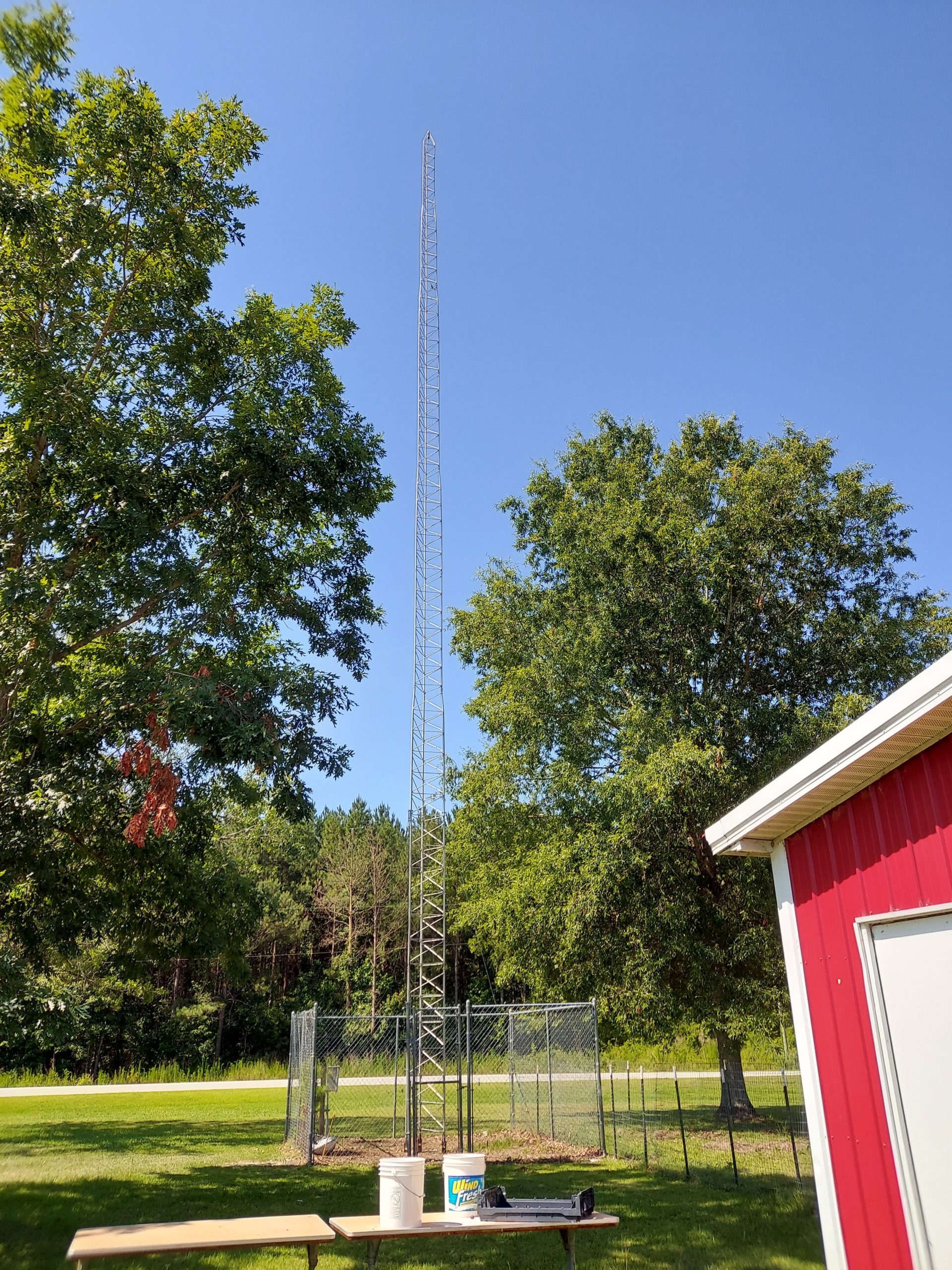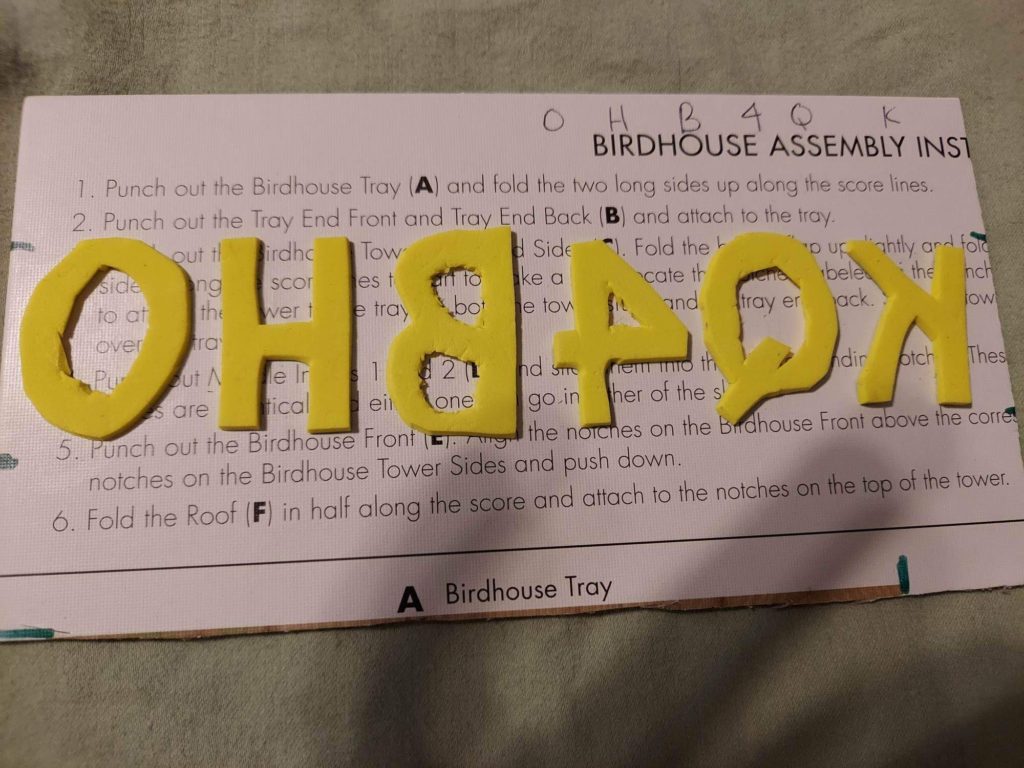Here I am back with my Amateur Radio Technician License. Now what? Where will my radio take me? Amateur radio enthusiasts often explore several niches without limiting themselves to one genre of radio. However, their activities can be broken down into five categories: radio contesting, research, public service, digital and computer networking, and technical experimentation.
Contesting
Contesting refers to radio operators contacting others like a scavenger hunt. These can be at events, where the most contacts at the event is a winner, or collecting contacts of a certain category. Ongoing contests include getting all 50 states in the United States or contacting all the National Parks. Field Days are annual events that occur in June and October where contesting happens, but also many clubs set up in local parks to show off their gear to the public. I attended my local one a few weeks ago and one radio operator contacted a Park On The Air in New York. While these contests can be purely for verbal bragging rights, there is a tradition of QSL cards. These postcards show the call signs of the conversation participants and are exchanged as proof of contact. The most unusual are displayed as trophies. As a fan of postcards, I made a stamp of my call sign to create my own QSL card.
Research
Amateur radio enthusiasts are already science-minded individuals, so citizen science research naturally shoehorns into the hobby. By using a variety of equipment and transmitting in all weather conditions, radio operators can observe the propagation of radio waves in less than ideal conditions or even during rare phenomenon like auroras. Also by communicating with amateur satellites, radio operators can monitor weather patterns and gather data.
Public Service
To take this altruism further is public service. In the United States, the two major organizations for emergency communications via amateur radio are RACES (Radio Amateur Civil Emergency Service) and ARES (Amateur Radio Emergency Service). These two organizations set up networks of volunteers who facilitate communication between the government and other groups. When cell phone towers are down and power is out amateur radio can still get messages through. There are even protocols in place to get messages from survivors to their families around the country.
Digital and Computer Networking
While amateur radio as a hobby is more than a century old, there are a variety of digital avenues to use for communication. Software-defined radio is an inexpensive way to use radio integrated into a computer. Other formats are Voice over Internet Protocol (VoIP), radio teletype (RTTY), and packet radio. Some of these can be used in conjunction with the other categories.
Technical Experimentation
As with other hobbies, amateur radio enthusiasts try to push the boundaries of the craft. There is the fairly obvious homebrew or do-it-yourself aspect of building your own equipment. For low power and high noise situations, radio operators use Continuous Wave (CW) and Short Wave (SW). CW often employs morse code instead of vocal communication. These modes can even be used to bounce waves off of the moon! Audio is not the only medium that can be transmitted either, there is Fast Scan television to send amateur signals short distances.
Currently, I have a handheld transceiver and an RTL-SDR dongle (for passive listening to software-defined radio). However, that is only the start of my amateur radio journey. I hope in the future to take you through some of these different categories of radio. This is Nicole KQ4BHO signing off.

